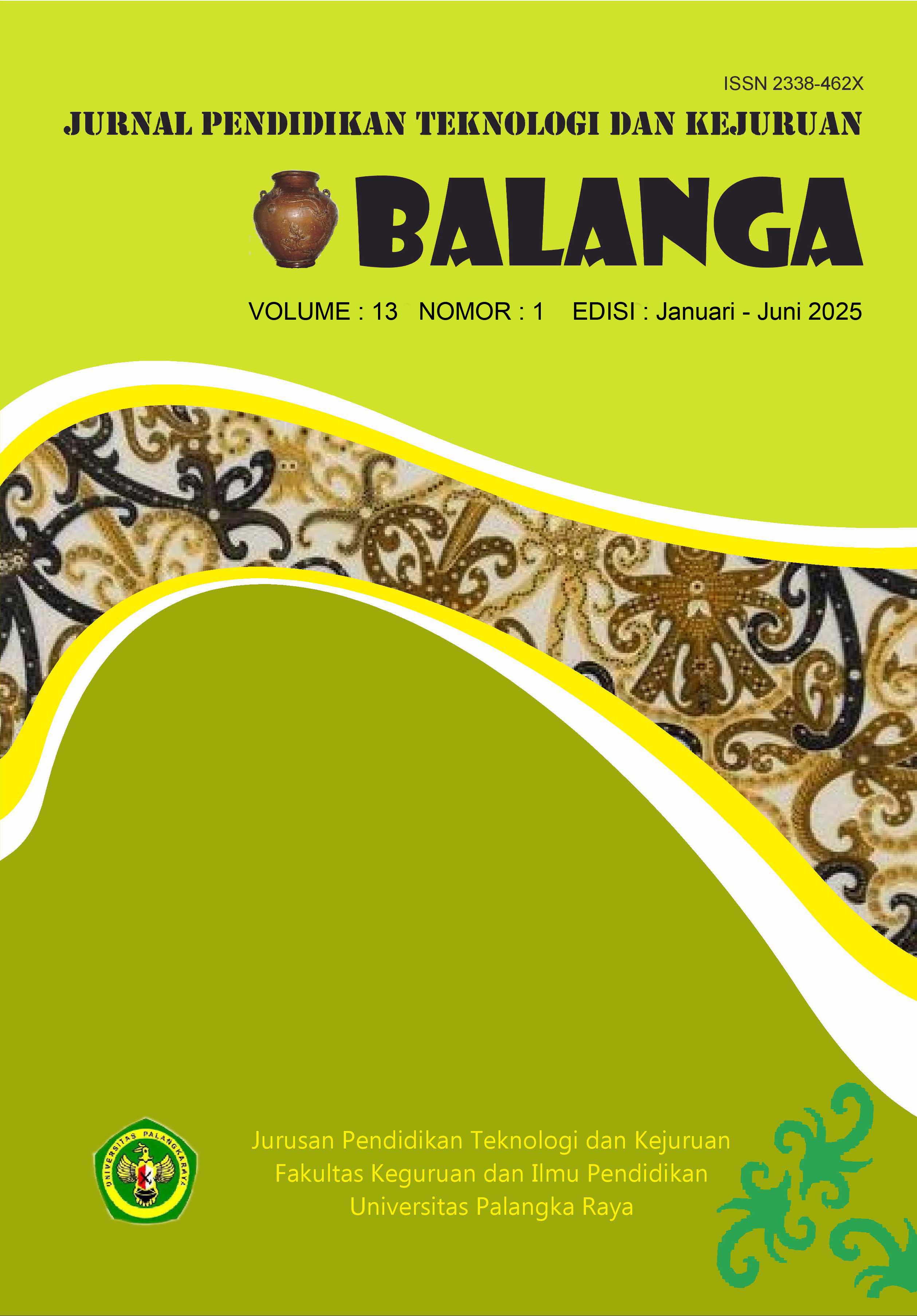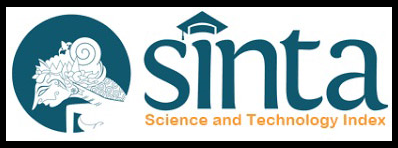LEVEL OF EDUCATION ON COMMUNITY ENVIRONMENTAL BEHAVIOR IN THE KATINGAN RIVER BASIN
DOI:
https://doi.org/10.37304/balanga.v13i1.18779Keywords:
Education, Environmental Behavior, Environmental AwarenessAbstract
This study aims to analyze the impact of education levels on environmental behavior among communities in the Katingan Watershed (DAS Katingan). The findings reveal that education levels play an important role in shaping environmental behavior, although their contribution is relatively small compared to other factors. Respondent data analysis indicates that the majority of the population has a secondary education level (high school), with occupational distribution dominated by the agricultural sector (27%), while most residential locations are situated along riverbanks (75.2%). Higher levels of education have the potential to increase environmental awareness; however, the low coefficient of determination (R² = 3.6%) suggests that education accounts for only a small portion of the variation in environmental behavior. Other factors, such as attitudes, access to environmental management facilities, government policies, and socio-economic conditions, exert a greater influence. This study concludes that a holistic, community-based approach, enhanced infrastructure access, and supportive policies are essential to fostering better environmental behavior. These findings provide a foundation for developing environmental education programs that are relevant to local needs, particularly in the agricultural sector and natural resource management.
Downloads
Downloads
Published
Issue
Section
License
Copyright (c) 2025 BALANGA: Jurnal Pendidikan Teknologi dan Kejuruan

This work is licensed under a Creative Commons Attribution-NonCommercial 4.0 International License.






























